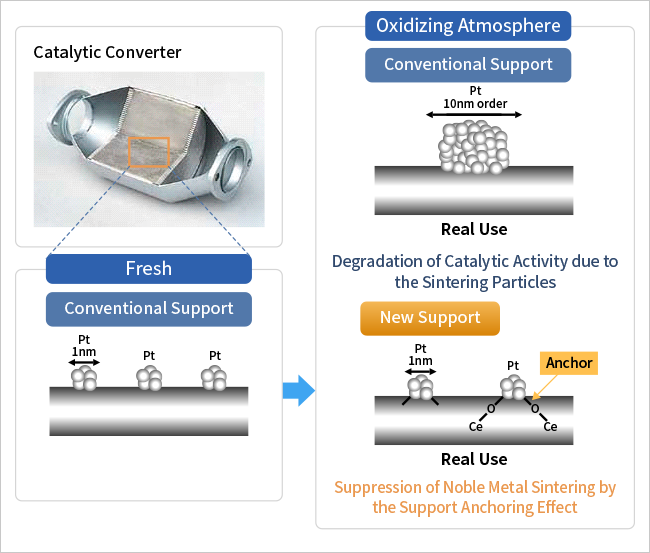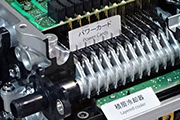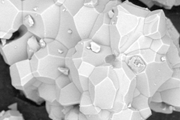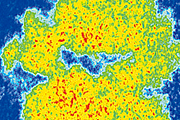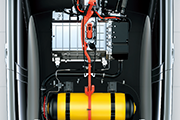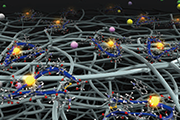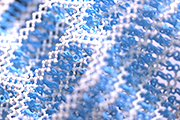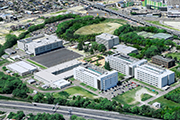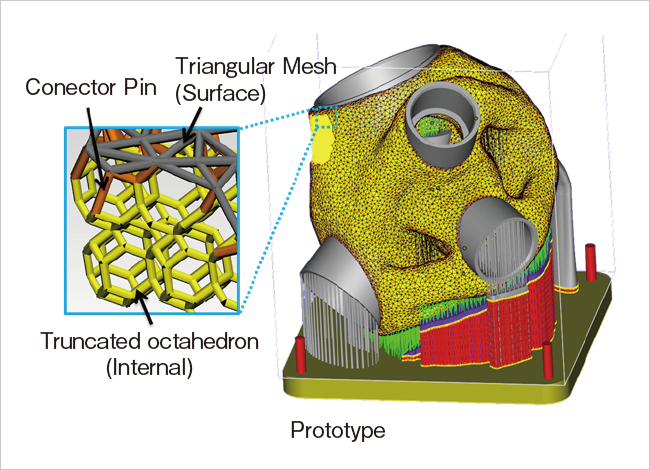Energy Management and CO2 Zero Emission
The construction of plants that emit zero CO2 is a high-priority issue for future society. We want to build a comprehensive energy flow design capability that factors in local renewable energy and variations in demand at vehicle plants. Examples include technologies to convert renewable energy such as solar and wind power to hydrogen highly efficiently, as well as technologies to store surplus power as hydrogen. We are also researching technologies that can isolate the CO2 emitted by plants and reform or convert it into fuel such as methane or methanol.
Reducing plant energy consumption is another key field. Focusing on casting, heat treatments, and other processes that require heat and consume large amounts of energy, we are researching innovative manufacturing methods with dramatically shorter process times and no heat treatments, as well as chemical heat storage technologies that collect, transport, and re-use waste heat energy.
